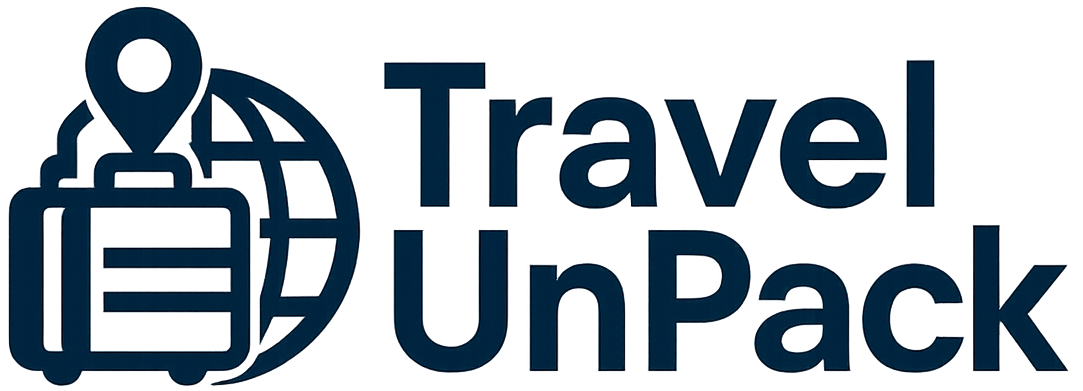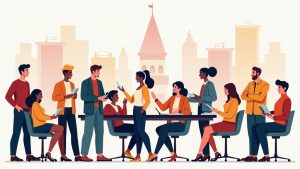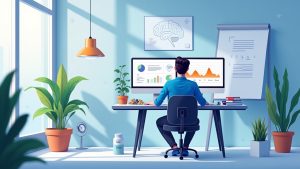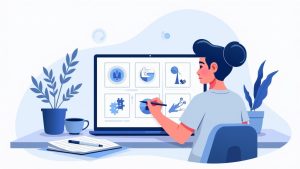Learning by Professional Osmosis: Absorb Knowledge by Watching Colleagues
Have you ever noticed how some people seem to learn effortlessly just by watching others? This ability isn't magic - it's the learning by professional osmosisThis is a powerful technique for developing skills in the workplace. Imagine being able to absorb technical knowledge, social skills and even the attitude of experienced professionals just by paying attention on a daily basis. Sound interesting? Let's explore how you can master this strategy.
What is Professional Osmosis Learning?
The concept of "osmosis" comes from biology, where molecules naturally pass through a membrane without expending any energy. In the professional context, it works in a similar way: you absorb valuable knowledge and behaviors just by being immersed in the right environment and observing carefully. It's not about copying, but about internalizing efficient practices that more experienced colleagues have already mastered.
For example, an intern who accompanies a veteran salesperson can learn negotiation techniques just by listening to their conversations with clients. Another case is a junior developer who improves his code by reviewing the work of a senior. The key here is active observation - it's not enough to be present, you have to analyze patterns, ask yourself "why did he do that?" and test these approaches.
But does it really work? Research in organizational psychology shows that 70% learning at work takes place through informal experiencesThe Harvard Business Review, how to observe colleagues and solve problems on a daily basis. In other words, this technique is not only valid, but essential for accelerated growth.
How about starting today? Identify someone in your work who you admire and observe how they act in meetings, resolve conflicts or organize their tasks. Write down in your head (or in a notebook) the details that catch your eye.
How to Prepare Your Mindset for Professional Osmosis
Before you go out observing everyone in the office, you need to adjust your mindset. Osmosis requires humility and curiosity - you need to admit that you have something to learn and be genuinely interested in the process. If you think you already know everything, you'll miss out on valuable opportunities.
A common mistake is to focus only on technical skills. Osmosis also involves emotional skillsHow does a manager stay calm under pressure? How does that colleague communicate bad news without causing discomfort? These "soft skills" are just as important as mastering a piece of software or a tool.
Another crucial aspect is avoid destructive comparisons. Seeing an experienced professional in action can be inspiring, but also discouraging if you put too much pressure on yourself. Remember: they were once at your level. Use admiration as fuel, not as a reason to give up.
Practice active listening and observation without judgment. Instead of thinking "I would do it differently", ask yourself "what can I learn from this approach?". A useful exercise is to watch a meeting and then reflect: what phrases or gestures were most effective? How could the dynamic have been better?
Practical Techniques for Learning by Watching
Now that your mind is open, how can you put this into practice? Create opportunities for observation without getting in the way of others. Ask to accompany a colleague on routine tasks: customer service, writing a report or even a sales call. Many professionals are happy to share knowledge when they see genuine interest.
Ask intelligent questions afterwards. Instead of "how do you do it?", try "what criteria do you consider when making this decision?" or "what challenges did you face when you learned this?". Open-ended questions generate deeper insights.
Use the pattern analysisNote how the person prioritizes tasks, structures emails or deals with unforeseen events. A senior designer, for example, may always sketch ideas on paper before going digital - this is a valuable habit to incorporate.
Tools such as meeting recordings (with permission) or structured notes help to revisit learning. Applications such as Evernote or Notion are great for organizing observations.
Seizing Informal Moments
A lot of learning by osmosis happens outside of formal situations. Corridor conversations, team lunches or even coffee breaks are golden opportunities. A casual comment about how to deal with a difficult customer can reveal strategies that would never be in a manual.
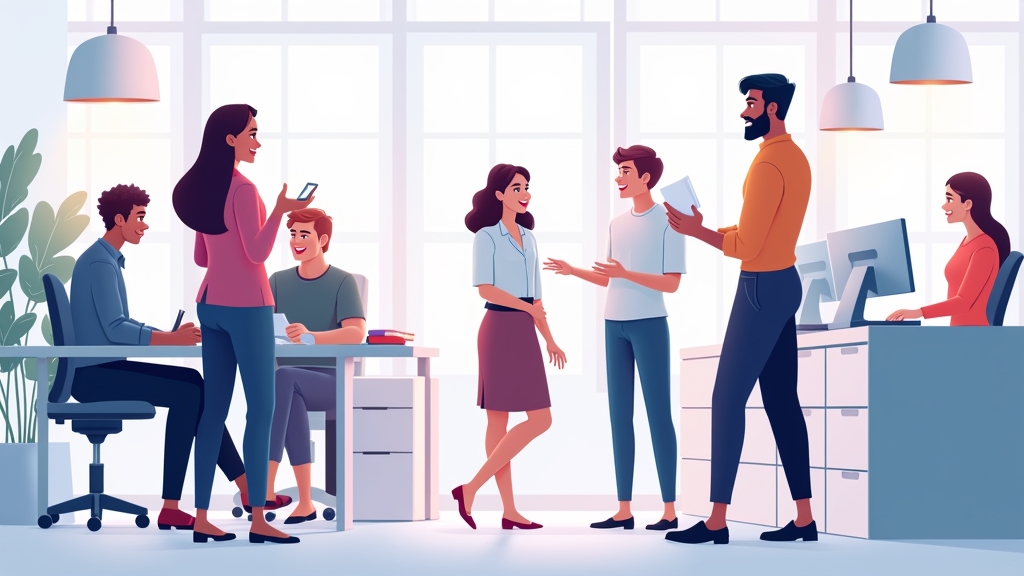
For example, at a technology start-up, a junior developer noticed that the senior developers were always discussing problems in the "coffee corner". He started participating in these conversations and learned more in weeks than in months of formal training. Informal knowledge is often the most valuable.
But how do you enter these circles without being intrusive? Show genuine interest. Instead of forcing your presence, contribute when possible - even if it's with a relevant question. Phrases like "I've never thought about it from that angle, how did you come to that conclusion?" open doors.
Watch out for excessHowever. Nobody likes someone who looks like a spy. Balance is key: be present, but respect other people's space.
Turning Observation into Action
Observing is just the first step. Real learning comes from application. Try imitating (not copying) techniques in appropriate contexts. If a colleague uses storytelling in presentations, try incorporating narratives into your own - adapting to your style.
Piece discreet feedback after testing what you've learned. Something like "I tried to follow the approach I saw you using, what do you think I can improve?" shows initiative and opens up space for informal mentoring.
Create a "osmosis diary" to register:
- What did I see today?
- How can I apply it?
- What results did I get?
This transforms passivity into active growth.
Overcoming Common Challenges
It's not all flowers. Sometimes colleagues can be reserved or you can feel intimidated. How to deal with it?
If the company culture is closed, start with small interactions. Praise a job well done and then ask how it was done. Show that you value the other person's knowledge.
Another obstacle is apply lessons generically. A common mistake is to try to replicate exactly what an expert does, without considering different contexts. Adapt what works to your reality.
What if you don't have direct access to experienced professionals? Use indirect resourcesThese include recordings of old meetings, documents prepared by others or even internal podcasts. Platforms such as LinkedIn Learning also offer models of professional behavior.
Integrating Osmosis into Your Career Plan
For this technique to bring lasting results, incorporate it into your development routine. Set goals such as "observe one new skill a week" or "talk to a colleague from another area every month".
Share your learning. Teaching others consolidates your knowledge and strengthens relationships. How about creating a discussion group at work about lessons learned?
Finally, evaluate your progress. Compare your performance before and after adopting professional osmosis. Has your efficiency improved? Are your solutions more creative? Adjust your strategy as necessary.
Remember: great professionals are not born ready. They absorb, experiment and evolve - and now you can too. What's the first skill you'll learn by osmosis this week?
